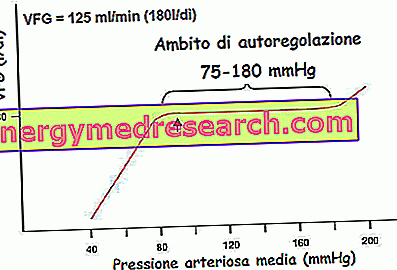The ulnar flexor carpus muscle is the innermost of the epitrochlear muscles. It originates with two heads: the humeral head and the ulnar head. The humeral head, the smallest of the two, originates from the anterior aspect of the medial epicondyle of the humerus, from the antibrachial fascia and from the surrounding intermuscular septa. The ulnar head originates from the medial margin of the olecranon of the ulna and from the upper 2/3 of the posterior margin of the ulna.
Before its insertion it connects with the antibrachial fascia through an aponeurotic expansion. It is inserted with a common tendon to the pisiform bone and continues through the pisouncinate ligament on the hamate and through the pisometacarpal ligament on the 5th metacarpal bone.
It does not pass through the carpal tunnel but through its own canal.
With its action it flexes (with a more effective action than that exerted by the radial flexor carpus muscle), it externally adduces and rotates (supination) the hand.
It is innervated by the ulnar nerve (C7-T1). It is sprayed from the ulnar artery.
ORIGIN Humeral head: the smallest of the two, originates from the anterior aspect of the medial epicondyle of the humerus, from the antibrachial fascia and from the intermuscular septa. posterior ulna |
| INSERTION Pisiform bone, hooked bone and 5th metacarpal bone |
| ACTION Flex, adduce and rotate the hand externally (supination) |
| INNERVATION Ulnar nerve (C7-T1) |
| Upper limb | Lower limb | Trunk | Abdomen | Articles |



